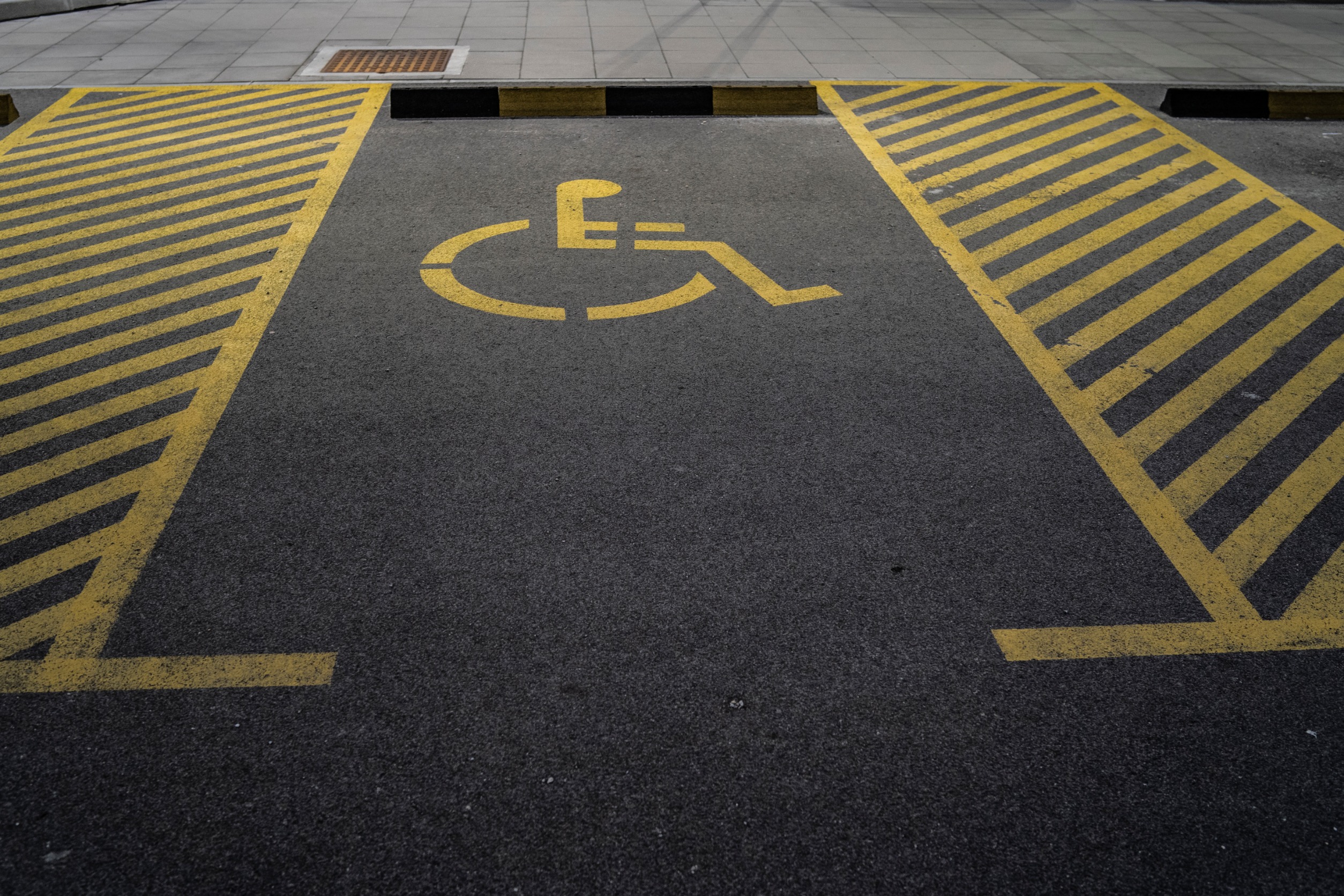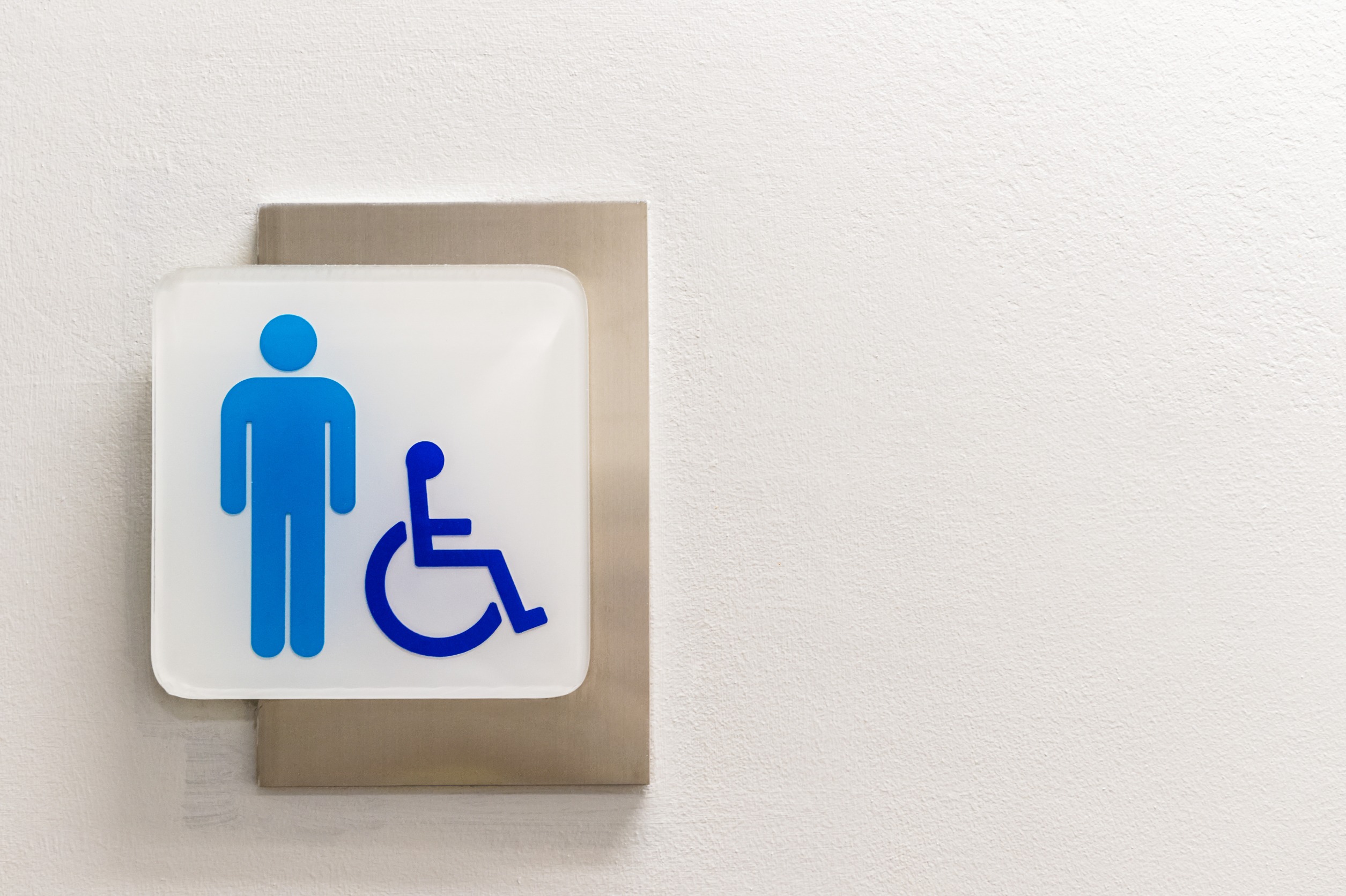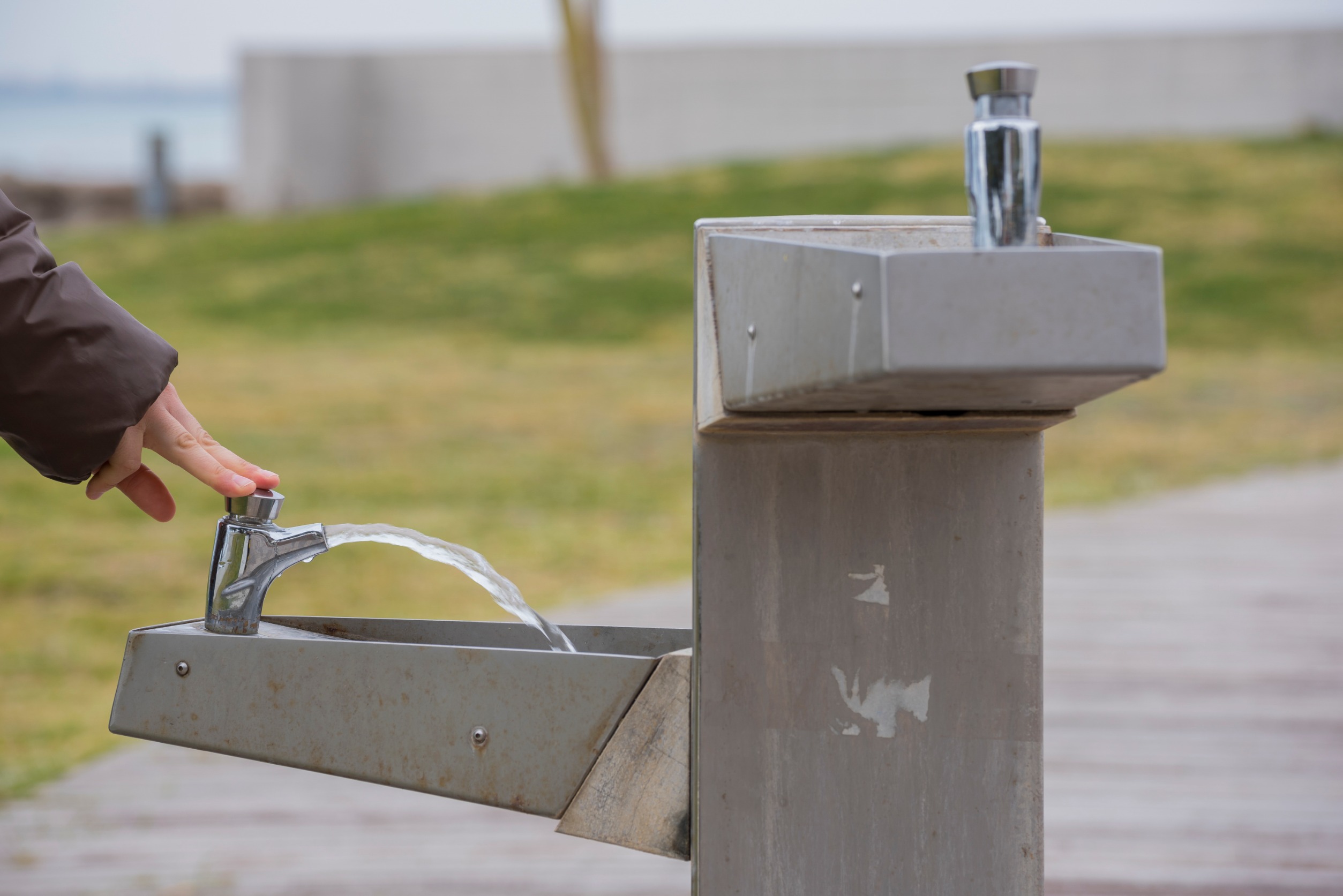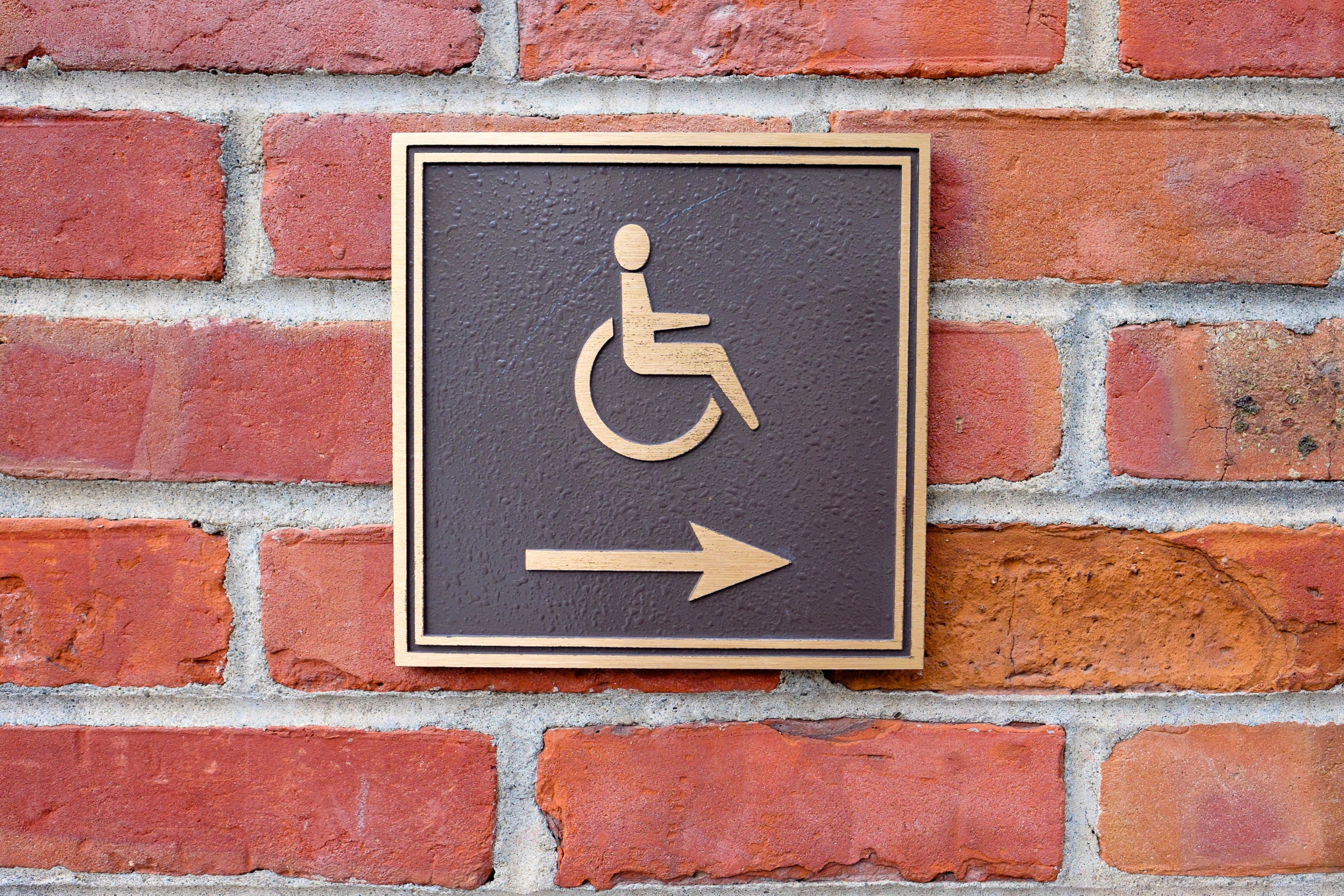
How to Conduct an ADA Compliance Audit
We’re living in an age of inclusivity and equitability – meaning it doesn’t matter where you are, what you’re doing, or who you’re surrounded by, nothing is more important than maintaining a fair environment for all.
And that’s especially true for businesses, facilities, and other public accommodations that want to ensure their guests are given an equal opportunity to enjoy whatever services and/or goods they have to offer -- and that includes digital accessibility.
Unfortunately, most business owners today aren’t taking the necessary steps to achieve this.
But don’t worry – that’s what we have Title III of the Americans with Disabilities Act (ADA) for.
Title III of the ADA prohibits discrimination on the basis of disability and requires newly constructed or altered public accommodations and commercial facilities to comply with ADA standards and regulations.
And complying with those standards is the best way to avoid fines, penalties, and a damaged reputation.

How to Tell If Your Business Is ADA-Compliant
ADA compliance is often easier said than done. It’s not a straightforward process and there are literally hundreds – even thousands – of things that need to be accounted for to avoid any negative outcomes.
That’s why we highly recommend every business or public space do a thorough audit – preferably by a professional or accessibility experts – to ensure their establishment is both inclusive and accessible to everyone.
With that said, the Department of Justice (DOJ) lists four priorities for accessibility in Title III of the ADA:
- Accessible approach and entrance
- Access to goods and services
- Access to a public restroom
- Access to other public items such as water fountains
In modern times, businesses must also consider performing an ADA website compliance audit to ensure website accessibility for those visiting your business virtually. Web content accessibility guidelines (WCAG) can be found online and you can also have an automatic web accessibility audit performed.
The federal government – as well as the Institute for Human Centered Design – both offer a checklist for existing facilities that are interested in performing an ADA compliance audit report of their facility and property.
You can view the checklists hereand here, but we’ll give you a brief overview of what’s included below.

1. Accessible Approach & Entrance
As per the DOJ, “People with disabilities should be able to arrive on the site, approach the building, and enter as freely as everyone else. At least one route of travel should be safe and accessible for everyone.”
Let’s take a look at some important questions to ask yourself as you run through your audit process:
- Is there a route of travel that doesn’t require the use of stairs?
- Is the route of travel stable, firm, and slip-resistant?
- Is the route of travel (including the door) wide enough to accommodate a wheelchair?
- Do curbs have curb cuts at drives, parking, and drop-offs?
- Do ramps have railings and a safe slope?
- Do you have enough accessible parking spaces available?
- Are door handles no more than 48” high and operable with a closed fist?
- Do automatic doors give guests enough time to enter before closing?
To ensure ADA compliance, businesses should install curb ramps, widen doorways, and remove barriers that prevent or restrict access from parking spaces, sidewalks, and bus stops to the building’s entrance.

2. Access to Goods and Services
Once clients, customers, and guests enter your facility, they should all have easy, straightforward, and equal access to the goods and services you provide – and that, obviously, includes people with disabilities.
As you go through your ADA audit, here are some of the things you should keep in mind:
- Do guests have direct access to the lobby, elevator, or main floor?
- Can doors be opened without using too much force?
- Are all aisles and pathways to materials and services at least 36 inches wide?
- Is carpeting low-pile, tightly woven, and securely attached along edges?
- Does your business have the necessary directional and informational signage to guide guests?
- Are there ramps, lifts, or elevators to all public levels?
- Do elevators have both visible and verbal or audible door opening/closing and floor indicators?
At the end of the day, all counters should be accessible and easy to find, shelves should be easy to reach, seating should accommodate those in wheelchairs, and elevators/escalators should be available.

3. Access to a Public Restroom
Not all businesses are required to have restrooms for customers, but they are required for employees. And when bathrooms are present, they must be accessible to everyone – including those with disabilities.
Here are some things to keep in mind when achieving compliance through the ADA:
- If restrooms are provided, is at least one fully accessible?
- Are there signs at inaccessible restrooms that give directions to accessible ones?
- Is there tactile signage identifying restrooms?
- Are pictograms or symbols used to identify bathrooms?
- Are bathroom doors and stalls easy to open, close, and lock?
- In the accessible stall, are there grab bars behind and on the side wall nearest to the toilet?
- Are soap and other dispensers or hand dryers within reach and usable with one closed fist?
Not only should people with disabilities be able to enter and exit the bathroom, but those bathrooms need to have the necessary features to ensure people with disabilities can easily and properly use them freely.

4. Access to Other Public Items
People with disabilities face barriers in practically every area of their life. And while it’s easy for those without disabilities to overlook those barriers, it’s important that we take the time to understand and act.
From telephone access to drinking fountains, here are some more things to account for during your audit:
- Is there at least one fountain with clear floor space of at least 30 by 48 inches in front?
- If pay or public use phones are provided, is there clear floor space in front of at least one?
- Do phones have push-button controls and are they hearing-aid compatible?
- Is the location of the phone identified by signage bearing the International TDD Symbol?
- Are emergency exits and alarms (including fire alarms) easily accessible?
Signage is one of the most important, yet undervalued features of any business or public accommodation. Luckily, the ADA requires signage to be readily accessible, as well as easy to see, read, and understand.

ADA Central: Handling All of Your ADA Signage Needs
Complying with ADA standards and regulations is the easiest way to ensure your business is accessible and inclusive to everyone, but keep in mind that these aren’t just recommendations – they’re mandatory.
In fact, failure to comply could result in a wide range of negative connotations – including federal fines and penalties, a damaged reputation, lawsuits, court orders, customer dissatisfaction, and much more.
Here at ADA Central, we want to do whatever we can to help you avoid that.
While we can’t help you comply with all ADA standards, we do specialize in ADA signage – and we feel confident that we can help you avoid fines and penalties in that area, so don’t hesitate to reach out to us.
To learn more about ADA signs and which ones are required for your business, contact us at (308) 221-8226 or fill out our online form – our experienced representatives would be honored to assist you.

